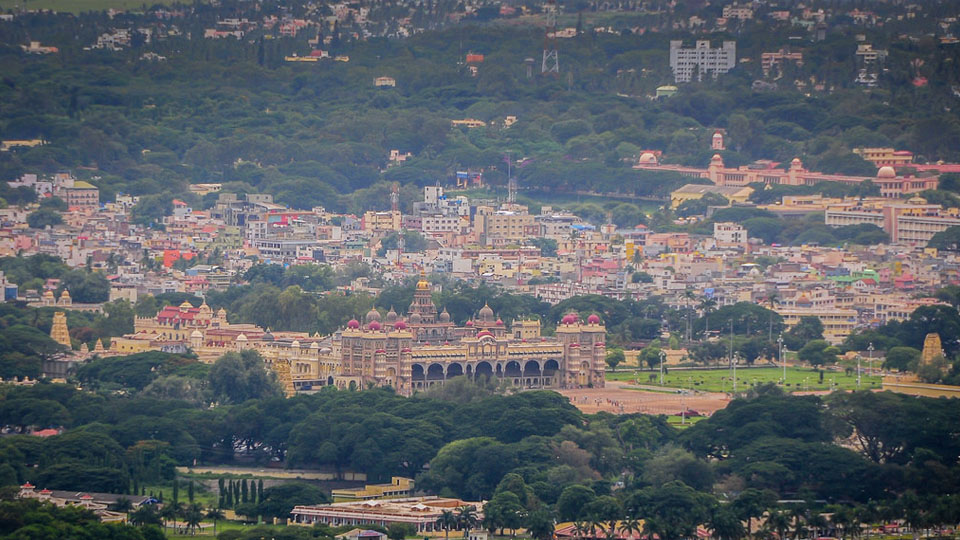Irish novelist Margaret Wolfe Hungerford (1855-1897) popular throughout the English-speaking world during the years of late 19th Century for her light romantic works of fiction is said to be the first person to have used the expression beauty is in the eye of the beholder in one of her books published in 1878. The quote is also attributed to Greek Philosopher Plato (428-347 BC). The connection of beauty to the eyes of the beholder is much deeper than what it appears, given the feature of different persons feeling inclined to enjoy the sight of beautiful things. A mathematician finds beauty in theorems and problems while an artist finds it in exquisite work of art. A study by neurologists at the University College of London has revealed that whenever we find something beautiful, an area of brain just behind our eyes lights up. This area is known for pleasure, value and judgement. Further, another area of the brain has been shown to get activated when we think about someone we are in love with. The Bard of Stratford-upon-Avon has been quoted with the line Love is blind and lovers cannot see.
In the matter expressing the experience of delight about beauty in its widest meaning, poets seem to have outdone writers in prose, giving rise to the term prosaic to mean that words are inadequate to do full justice to beauty. India’s Kalidasa, the classical Sanskrit writer, regarded as the greatest poet, living in the fifth century, stands out, excelling in the use of figure of speech simile. The work of the land’s sculptors in transforming lifeless stones into figures of beauty, enduring for centuries doesn’t need elaboration.
While human beings are endowed with the faculty of speech, toying with words in any language, spoken or not spoken and animals too are known to recognise their loved ones driven by the factor of attraction, the issue of protecting heritage buildings in Mysuru is currently engaging the advocates of their beauty and administration, even as the many structures are in a dilapidated state, excepting the famed Mysore Palace of 100-plus years vintage. Stones of different physical properties such as hardness and enduring the effect of exposure to sun and rain over long periods as the means of creating structures and sculptures of distant past have yielded place to cement, steel, sand and glass in creating structures and statues of our times, necessitating regular dose of maintenance, repair and replacement.
The English romantic poet, John Keats (1795- 1821), wrote a thing of beauty is a joy forever, an expression which the powers that be will do well to remind themselves while they are demolishing the city’s heritage structures and chopping full-grown trees that stand for beauty of Mysuru.








Recent Comments